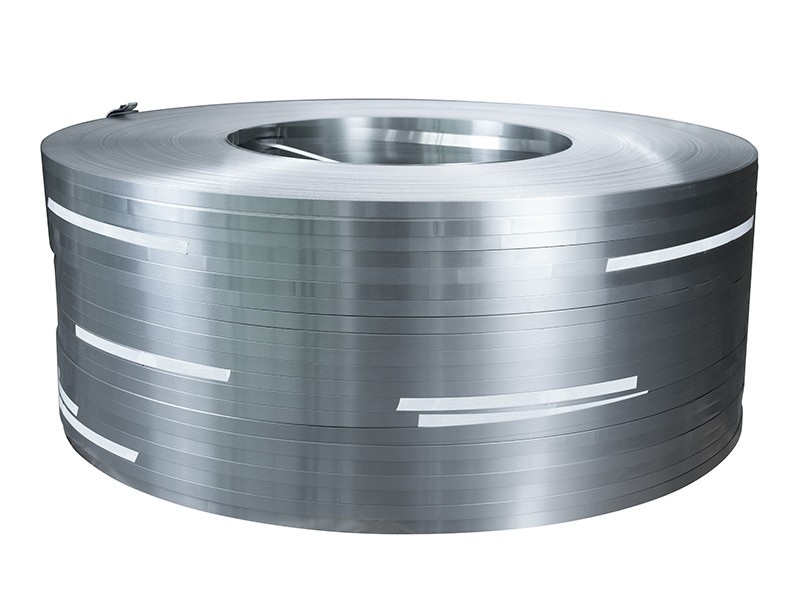
The most widely used types of stainless steel are 304 and 316, and the grading management system used to classify these two steels comes mainly from the numbering information system started by the American Iron and Steel Association of China (AISI), one of the oldest union efforts to date, and these classifications indicate their composition. Most grade 200 and 300 stainless steels are considered austenitic. The process of austenitizing involves heating iron, ferroalloy, or steel to the point where its crystal structure changes from ferrite to austenite. Although it is difficult to distinguish the two with the naked eye, the unique product properties between 304 and 316 stainless steel companies can make them superior in some technical applications. Since the development of Chinese manufacturing in the 20th century, stainless steel companies have become important influential materials in many projects in China because of their durability, high mechanical workability, weldability and flexibility. It contains several different percentages of elements that are responsible for the different levels currently known. Each grade has its own unique properties, and the comparison between the two grades, as timeless as their manufacture, is 304 and 316 stainless steel.
304 stainless steel is the world's most widely ordered stainless steel material grade. It is an austenitic SS variant containing 8% to 10.5% nickel, 18% to 20% chromium, and other elements such as carbon, manganese, and silicon. These components give SS 304 a high degree of heat and corrosion resistance, suitable for different industrial and commercial environments. Because of its characteristics and characteristics, SS304 is the most orderly stainless steel grade. It is an important material in many industries. Because of its excellent corrosion resistance, it needs to have very good function and aesthetics in different environmental problems of enterprises. Its machinability and weldability also make it the first choice for CNC machining and sheet metal manufacturing. Many people like its aesthetic appeal as it is used to make parts for tall buildings and skyscrapers.

316 stainless steel or grade 316SS is austenitic with a maximum carbon content of 0.08%, nickel 10% chromium 16% and molybdenum content between 2-3%. As an austenitic steel, it has a certain high heat resistance, machinability, weldability, and has a great impact on tensile strength. The 2% molybdenum further makes it resistant to salt water and fresh water corrosion, which is known for its high chloride content.
When you look at the two types of steel, they are similar in appearance and chemical composition. Both provide excellent protection against rust and corrosion, while also providing additional durability. When comparing 304 and 316 stainless steel, the relatively high cost of the latter can be attributed to its better corrosion resistance. Due to this price difference and the limited environment favorable to 316 steel, 304 steel is the most widely used austenitic stainless steel. Grade 316 stainless steel costs more because of its better corrosion resistance. For applications where alloys are exposed to chlorinated solutions and chlorides (including Chinese seawater), it is particularly recommended that the system be used through this alloy with higher quality grades. It can be used to extend the service network life of components or equipment that are gradually exposed to harsh and corrosive environmental conditions, especially in cases involving problematic exposure to salt. However, level 304 is very useful for most applications. In summary, when looking at 304 and 316 stainless steels, for applications requiring excellent corrosion or water resistance, use 316 stainless steels.
The Technical Breakthrough of Electrical Steel Coils
2025-11-05The difference between stainless steel and carbon steel
2021-08-18Shenzhen Landmark: "Bullet" Building by 1,000 MT Stainless Steel Material
2022-08-10The application of 304 stainless steel plate in construction
2024-07-16Influence of silicon steel material on transformer performance
2024-11-22Application of silicon steel in the field of new energy vehicles
2022-09-26






